

A global archive of independent reviews of everything happening from the beginning of the millennium
Read our Copyright Notice click here
For publication dates click here
Christmas comes early to Cambridge in
2021 as by the end of November the Michaelmas term is drawing to an end and
attendance at events compresses into a few days.
Great St Mary's may be better known for hosting formal events like Commemoration of Benefactors so it was a treat to see a jazz event materialize at short notice performed by the Chaplain of Girton College's quartet and to go to it.
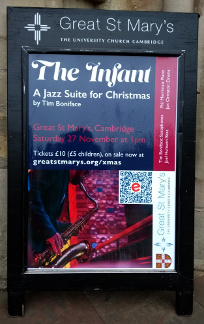
Tim Boniface wrote The Infant in eight parts based on the eight parties who appear in St Luke's nativity story.
Their CD gives the text as well.
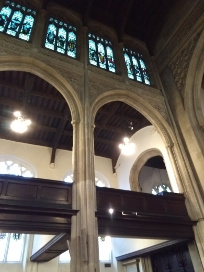
Now with jazz you usually want to cut down the reverberation so a Gothic church with stone and glass is usually an unpromising venue but Great St Mary's has the right type of balconies and recesses to do just enough damping.
The band observed how good jazz sounded here and seated up front you got to hear the instruments with proper clarity.
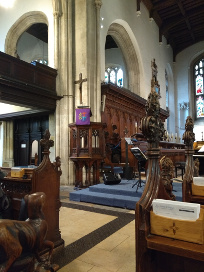
Solos could be clapped and, as the quality invited it, a lot took place.
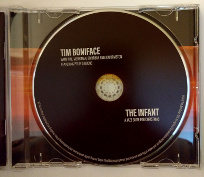
After the interval a few Christmas themed pieces were played. [2]
If one of the kings is bearing gold (not one of the eight) he must hurry as in both Cambridge and Newmarket we have got our Christmas events in early, which is just as well as the day of the concert brought a tightening of coronavirus regulations.
GOLDEN LEGACY
Reviewed by ANDRE BEAUMONT
The fashion pages here are so far rather unpopulated but they are developing a theme of taking a backward glance.
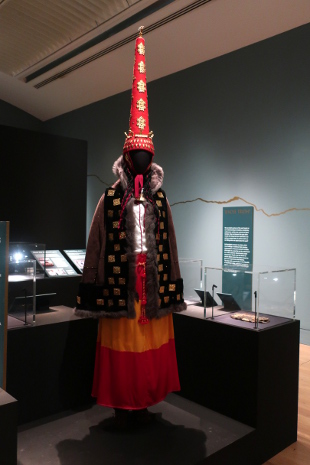
Buried noblewoman costume reconstruction (Z Samashev,2021), Berel kurgan 5, c.400-200 BC
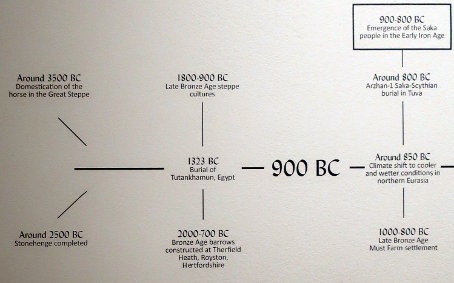
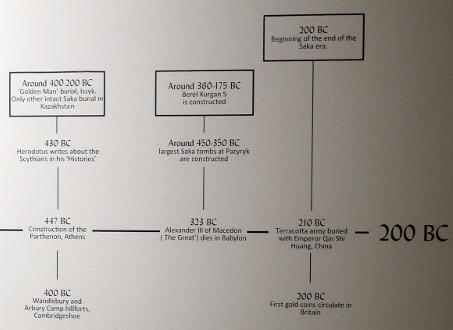
Excerpts, exhibition wall, Fitzwilliam Museum
It must be said that Gold of the Great Steppe is probably the most educative exhibition I have been to at the Fitzwilliam Museum and just as well as it would be unlikely that I, like most, would come with a prior knowledge of East Kazakhstan and the fascinating story of the Saka people of 900-200 BC, well before the western hemisphere nativity story, and whose influence stretches to this day.
There is a core story of a young buried archer and a girl buried nearby, both teenagers, but the exhibition tells that and it has months to run and it is worth a visit.
This review, imperfectly, just picks up a little on the gold artefacts and the costume in the hope that it sparks ideas in the decorative world. Ideas carry far across time and space and this exhibition is a great bit of diplomacy.
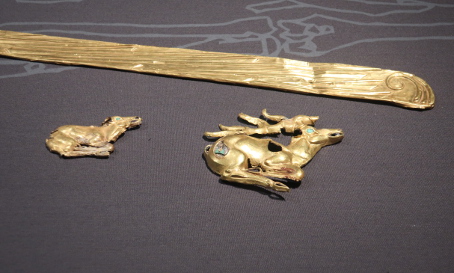
Funeral goods of archer seen through display case
Of course, the restorer's art is well in evidence and the gold burnished anew and the costumes recreated as appealing finery but how else would purchase be placed on our imagination?
The landscape photographs that are the backdrop to part of the exhibition are stunning and that is just one way. Another is the importance of the horse.
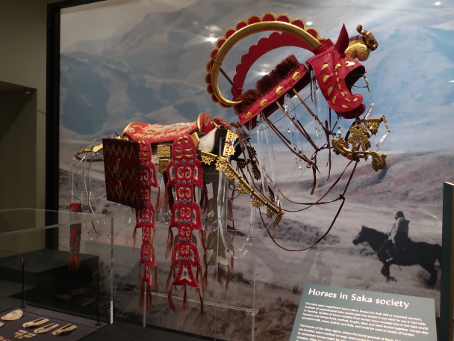
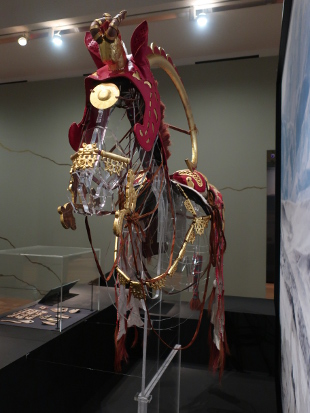
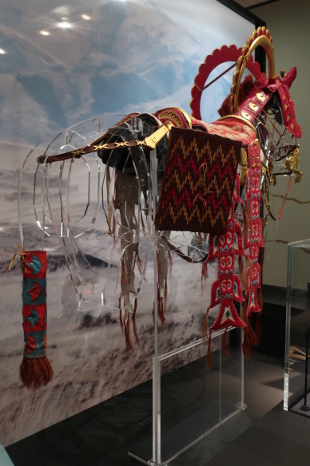
A story can be retold to reflect a not too distant political perspective, such as the elimination of religious context, and that is fine (or not if you disagree) but what you must not do is destroy the artefacts of the artist. Here they are brought back to life and made brighter with imagination and that captivates.
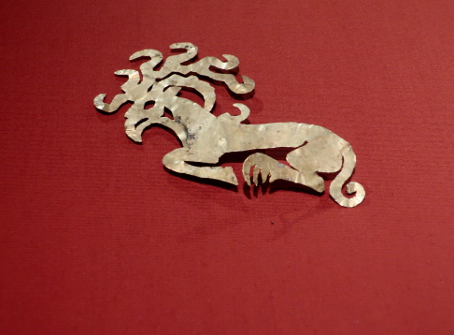
Hippogriff, kurgan 7, 500-300 BC
The gold, mythical Hippogriff, described as "having the beaked head of a griffin, antlers, horse's hooves at the front, and the lower half of a big cat" fills me with hope that the jewellers of hereabouts (not doubting that those of Kazakhstan do) will create ornaments like this - two and a half millennia on - with due acknowledgement to the source.
I say this because with the destruction of a large percentage of the work of Charles Rennie Mackintosh in a fire, Robert Adam has no rival in terms of existing decorative artifacts as Scotland's greatest architect though most of his work is in England.
Mistaking vases and other Greek artifacts found at Herculaneum and elsewhere as Etruscan, as did his generation, in his last years he created a second architectural and decorative style, the Etruscan [1], that followed on from the Adam style for which he is known.
The Etruscan style was rich in mythical representation of excavated objects and colours.
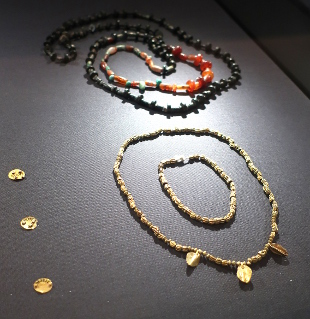
Eleke Sazy jewellery, kurgan 4, 800-500 BC
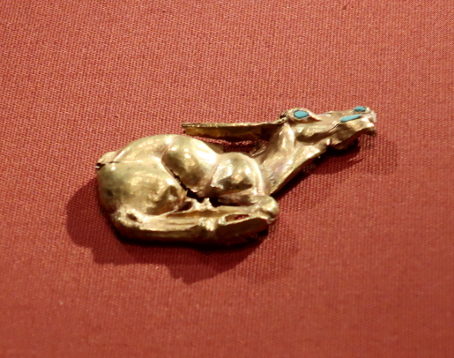
Gold deer plaque, kurgan 7, 800-500 BC
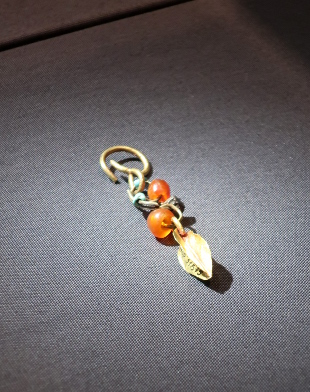
Gold and semi-precious stones, kurgan 4, 600-400 BC
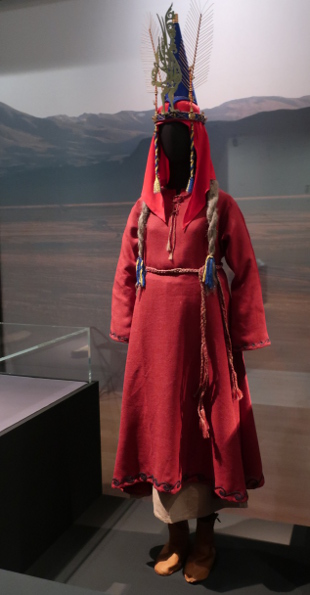
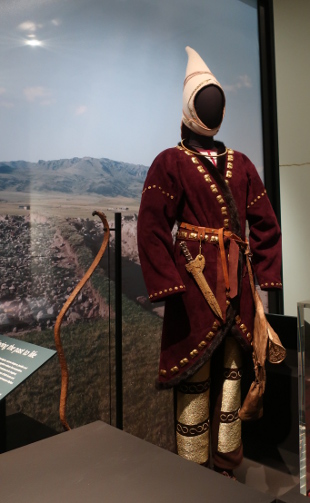
The fabrics need peering at